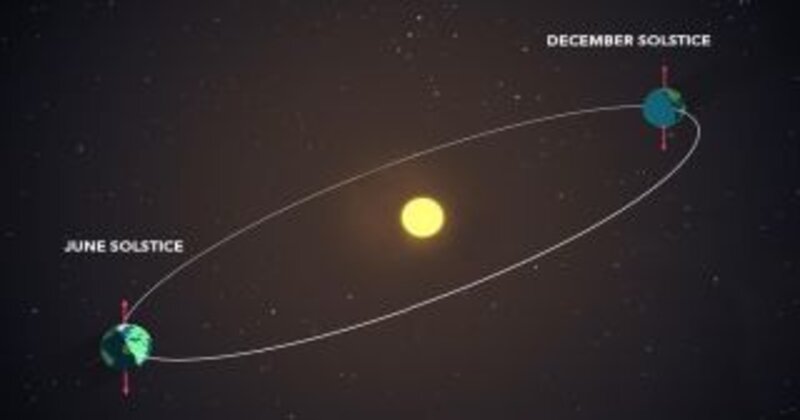
Seasonal changes occur everywhere over the earth as a result of the Earth’s axis tilt and rotation around the Sun. At the winter solstice, which occurs on December 21, the northern hemisphere has its shortest day and longest night of the year. On the opposite side of the Equator, south of the equator, summer is just getting started.
According to NASA, depending on which side of the world you are on, the Sun’s path appears to be more north or south at the solstice. On that day, the planet’s Southern hemisphere observes the Summer solstice. At 4:48 PM, the winter solstice of 2022 begins.
The winter solstice, regardless of where on Earth you happen to be, is marked by the Sun reaching its southernmost position in the sky. The solstices occur twice a year, with the summer solstice in the Northern Hemisphere occurring in June. According to NASA, the tilt of Earth as it revolves around our local star is what causes the Sun’s fluctuating position in the sky during the year.
‘Imagine the Earth’s axis as a hypothetical pole that runs straight through the planet’s centre from ‘top’ to ‘bottom.’ One full rotation of the earth around this pole occurs every day. We have day and night because of this. At the December solstice, the Northern Hemisphere receives the most indirect sunlight, resulting in colder temperatures, despite the Earth’s tilt relative to the plane of its orbit around the Sun being more or less constant (23.5 )’ explains NASA.
The longest day and the shortest night occur in the Southern Hemisphere, which also sees the most direct sunlight.
It is important to note that after the winter solstice on December 21, the northern hemisphere will experience an increase in daylight and longer days. Ancient monuments have shown that our ancestors were aware of the celestial phenomenon, and comprehension of the solstice has been discovered in many tribes and civilizations.
People erected structures like Stonehenge in England and the Torreon in Machu Picchu, Peru, to track and forecast the Sun’s yearly motion.

Post Your Comments